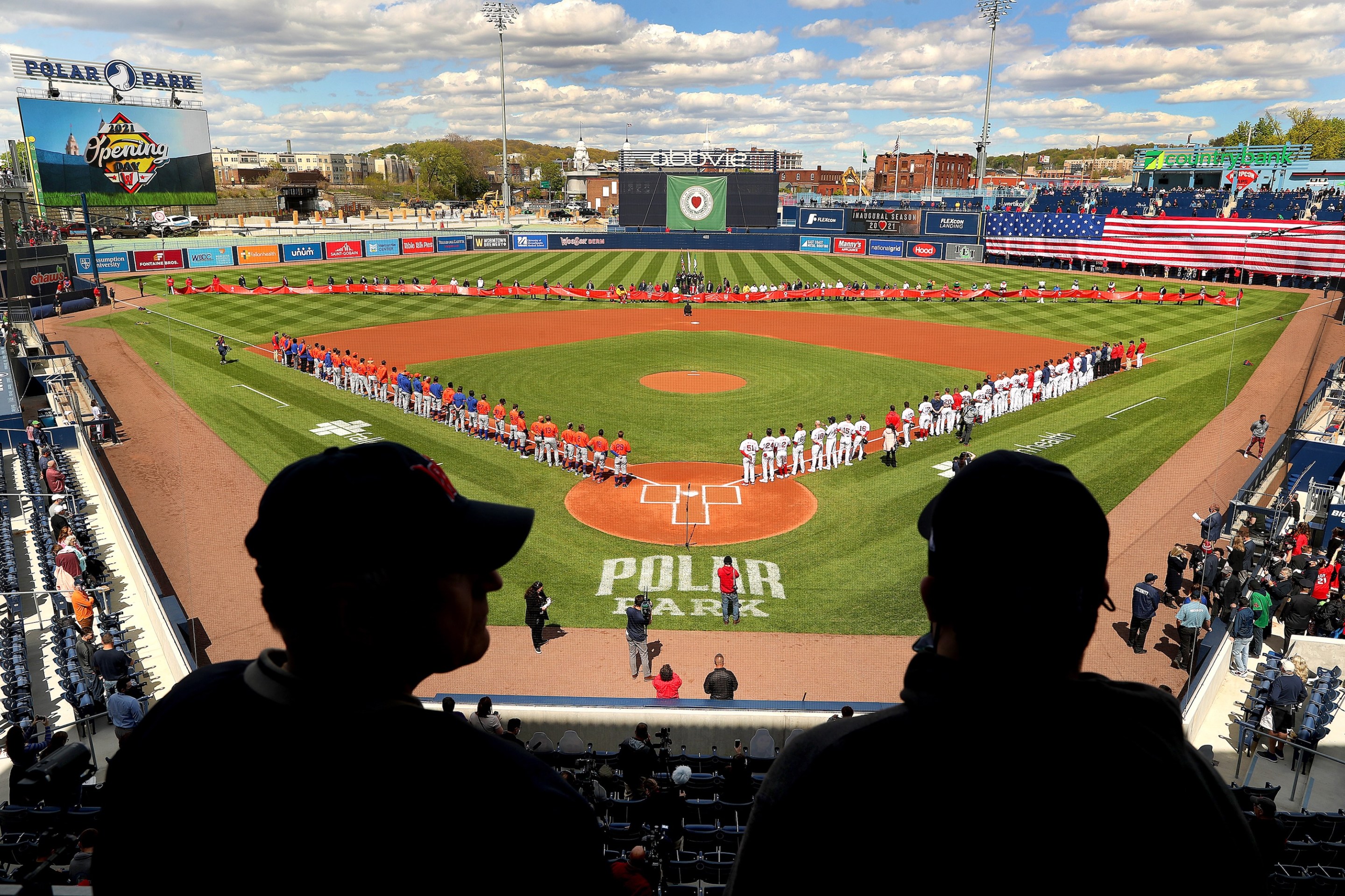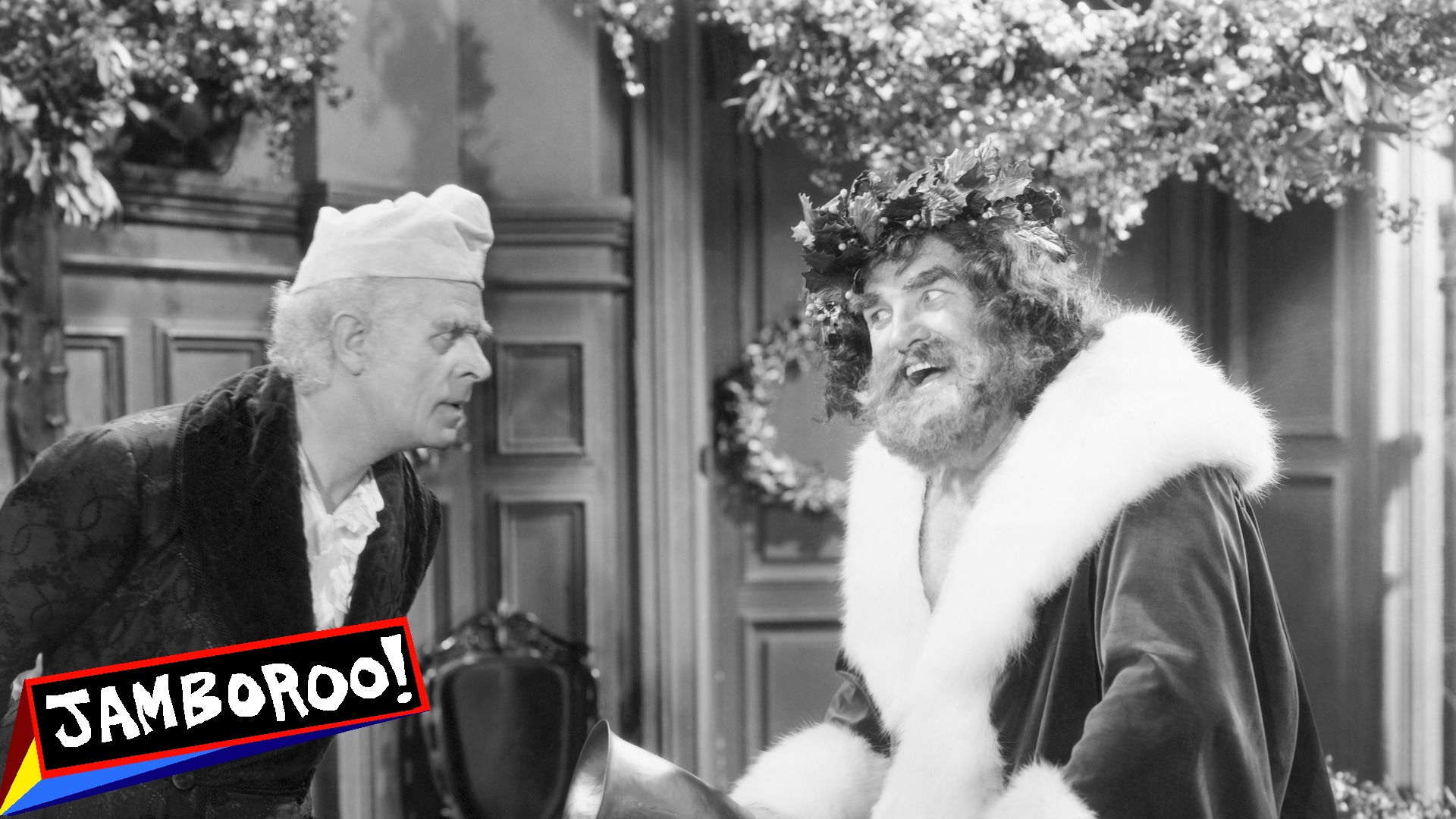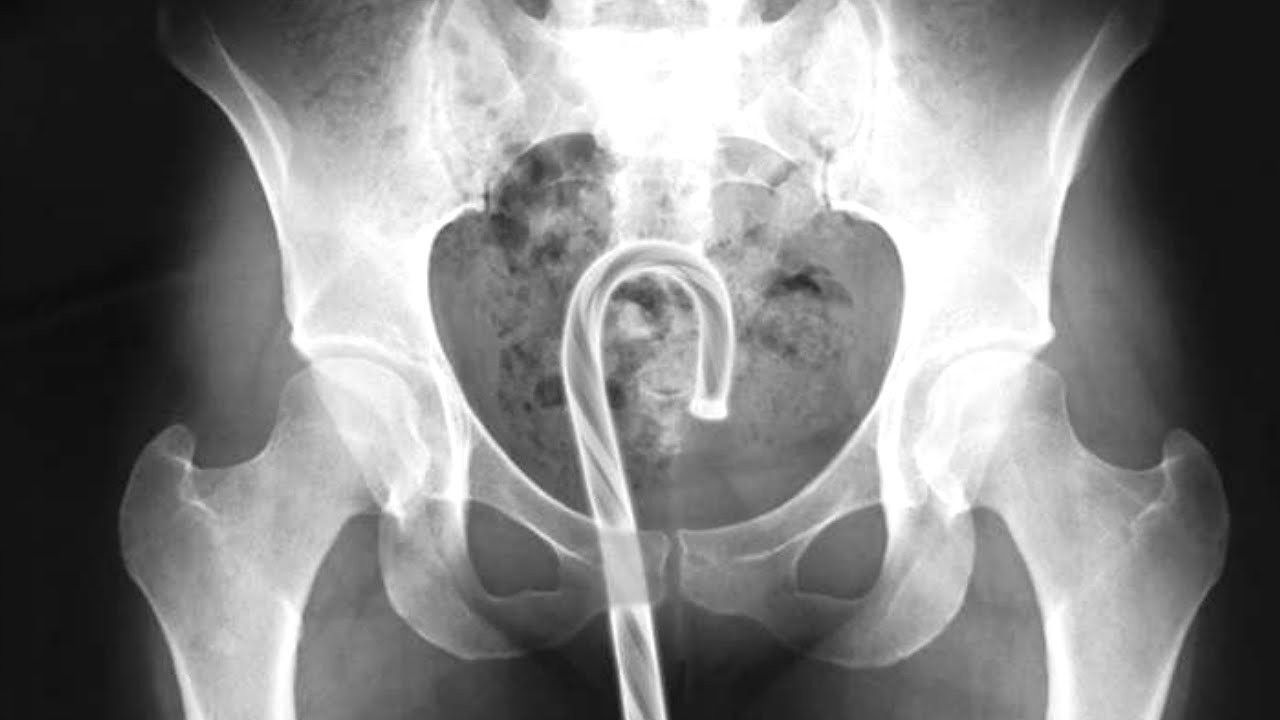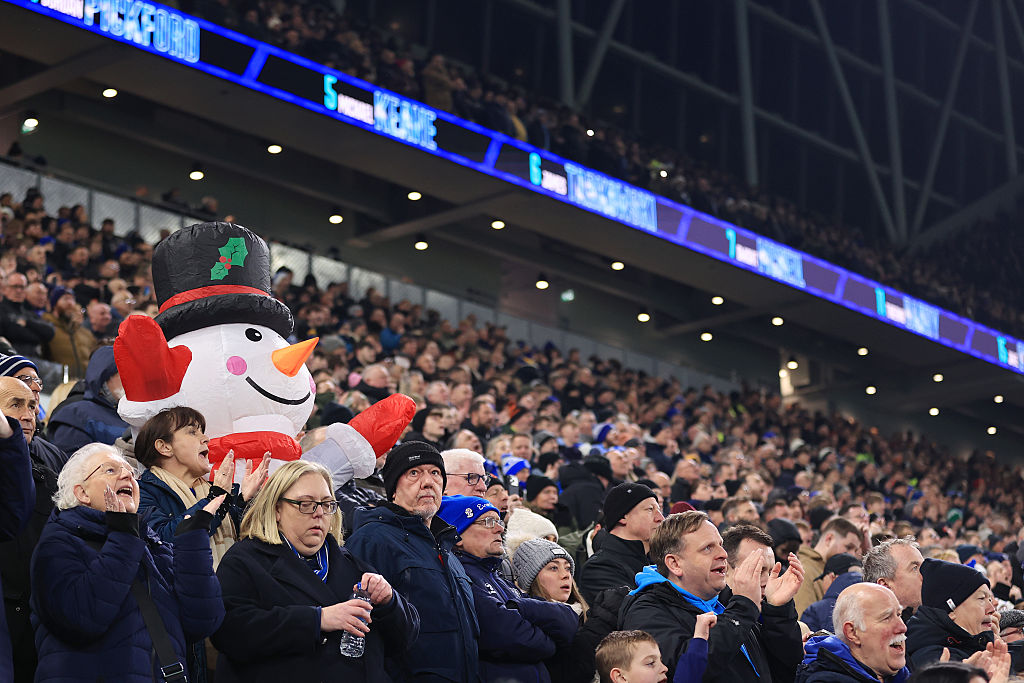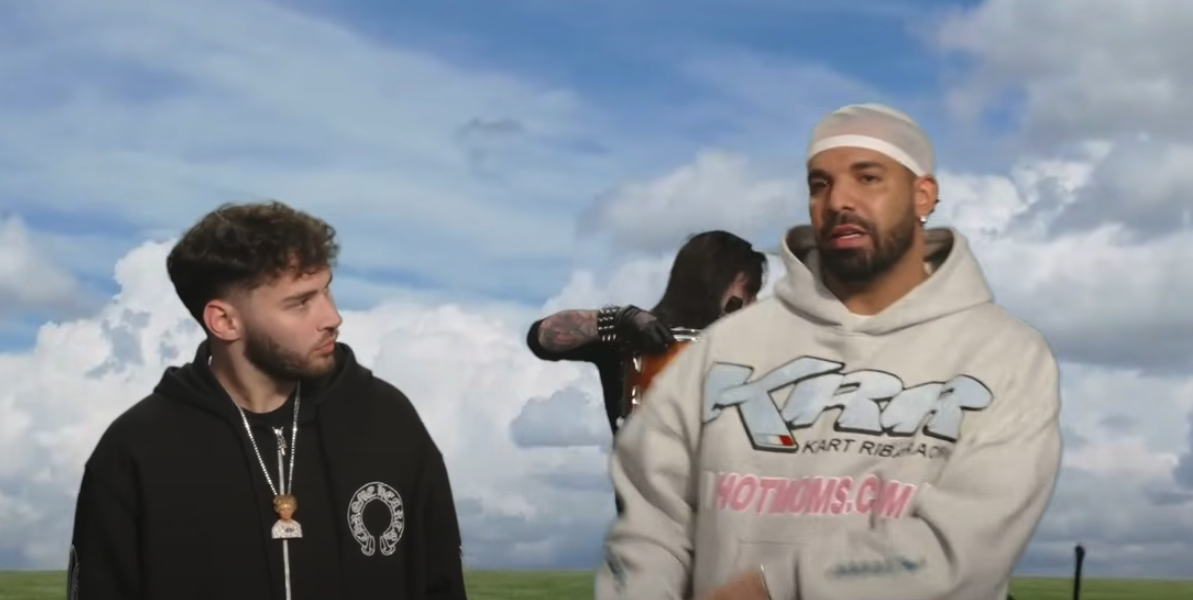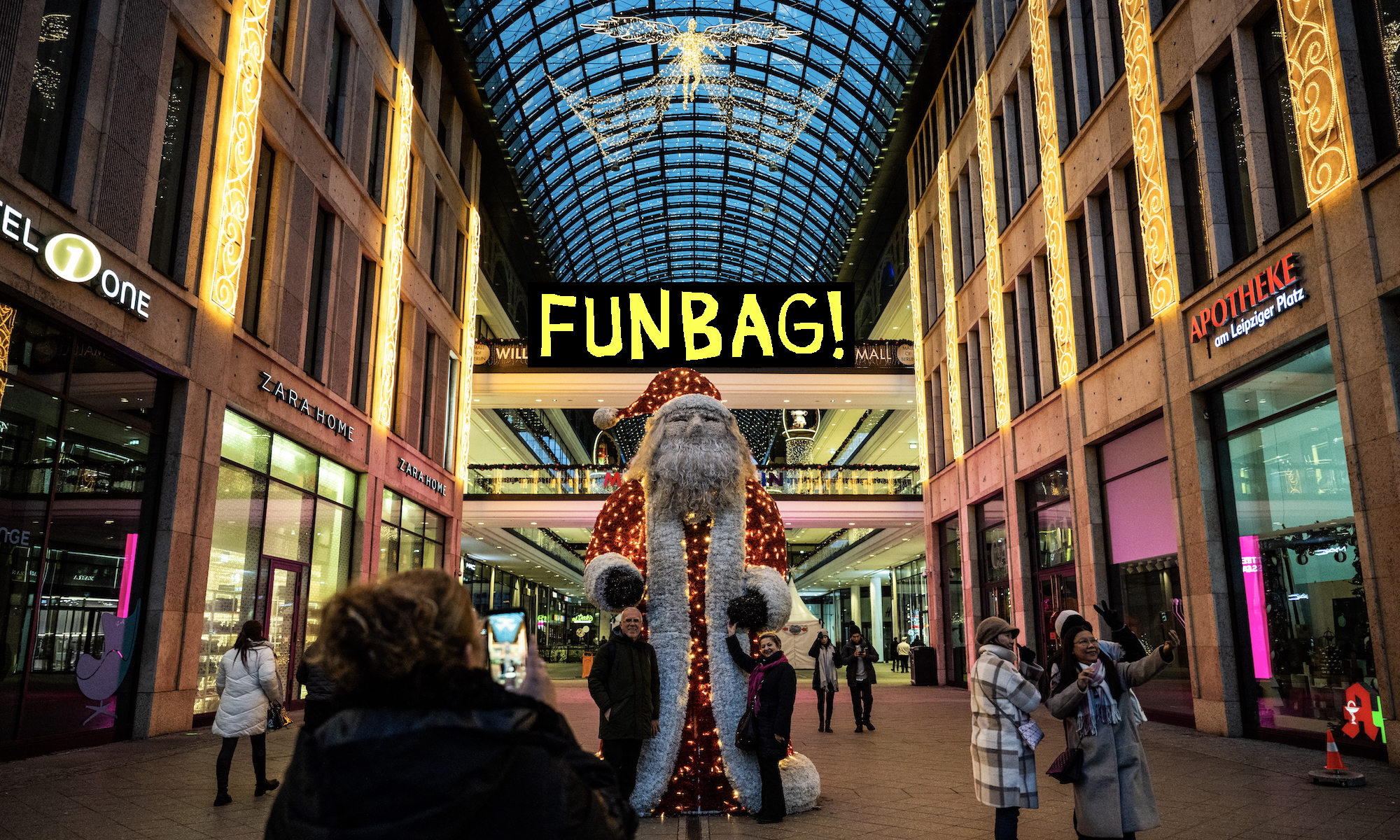You can’t understand this story unless you understand Kelley Square, and you can’t understand Kelley Square until you have had the near-death experience of trying to drive through it.
Technically, it is the intersection of state routes 290 and 122 in what is now called the Canal District of Worcester, Massachusetts. But that’s like calling Cape Horn the intersection of the Atlantic and Pacific Oceans. Seven different streets also feed into Kelley Square, and navigating it used to be pure survival skills. Traffic regulations were largely suggestions, and right of way was largely a matter of kill or be killed. It was regularly listed as the most dangerous intersection in the state and, even after a 2019 redevelopment project, it still made the top 10 every year. It was said among drivers of my generation that you learned to drive in driver’s ed, but that you learned to be a Massachusetts driver in Kelley Square.
The Square once was the beginning of my grandfather’s beat when Patrick J. Pierce was a patrolman in the Worcester P.D. He would begin to walk his post at the Hotel Vernon, which still stands like a hot-sheet Angkor Wat over Kelley Square. Upstairs, my other grandfather, Charlie Gibbons, owner and operator of the Macey Sign Company, would be playing poker or plotting political intrigue with his cronies. It was he who taught me the technique of listening through a wall with a cocktail glass. The Vernon is now largely famous as the home of the Kelley Square Yacht Club, Worcester’s ancient and honorable dive bar, heir to a Prohibition speakeasy that used to be in the hotel’s basement. During his Red Sox days, Babe Ruth used to be something of a regular and, it is said, the Babe once did a beer slide the length of the bar.
Down on the street, then, while the poker and the plotting went on in the Vernon, Officer Patrick Pierce would begin his walk down Millbury Street, keeping order among saloons that he called “buckets of blood,” and protecting the small, family-owned businesses that had sprung up there. He would not recognize the place now, with its brew-pubs and coffee shops and, of all things, the ballpark that descended into the area like a piece of the future that skipped right past the present and dropped onto the past.
In 2015, the owners of the Pawtucket Red Sox, Boston’s Triple-A franchise, got in a money-wrangle with the government of Rhode Island as regards A) a move to Providence, and B) a new ballpark in Pawtucket. Three years later, the team’s management announced that it would be moving to Worcester, where baseball history pretty much had stopped in 1882, when the National League’s Worcester Worcesters—also called the Brown Stockings and the Rubylegs—folded. (Unless, of course, you counted the Babe’s carousing at the Hotel Vernon, or Ted Williams’s first home run in a Red Sox uniform, which he hit in an exhibition game up at Holy Cross.) But before they folded, in June of 1880, the Worcesters’ Lee Redmond pitched the first perfect game in major-league history. There’s a plaque on the site of the old Worcester Fairgrounds, where they used to play. The new franchise didn’t really take off until 2021 when Polar Park opened, its naming rights sold to a well-known local soda manufacturer. (Try the white birch beer!)
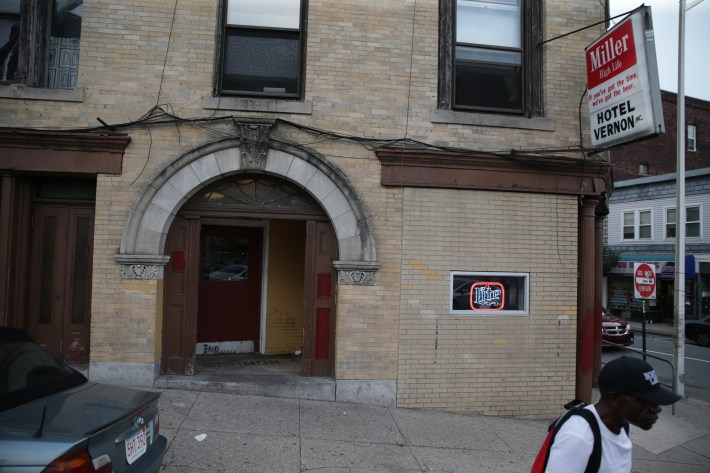
As it happens, I worked with one of the scions of the Polar Beverage Company in the effort to make Mo Udall president in 1976. (Spoiler alert: We failed.) This is further evidence that I grew up in Catholic Dogpatch. I didn’t date anyone in high school whose parents didn’t know my father’s family, and my steady girlfriend’s mother used to have tea on the porch of the family triple-decker with my grandmother while attending Clark University. My girlfriend’s uncle, the priest, went to seminary with my uncle, the priest. My adolescence was in some ways a clerical error.
In any event, a fresh new ballpark seating 10,000 was a magnet for the baseball scene in New England, and attendance was goosed this year by the surprising success of the parent club. Several of the key players on the Red Sox roster moved up from Worcester in the last couple of years, including top prospect Roman Anthony, who energized the lineup this year until he was lost for the year with an oblique injury. Ceddanne Rafaela, whose walk-off triple clinched the playoff spot, was a 2023 call-up.
The WooSox finished this year at 76-73, good for sixth in the Eastern Division of the International League, but several of them may play in the MLB playoffs. The Kelley Square Yacht Club will echo with joy.
I have attended several hundred baseball games in my life, both professionally and recreationally. In all of that time, I have not come within 500 yards of a foul ball. My Jesuit uncle knew a guy who got us primo seats next to the visitor’s dugout at Fenway, and everything went over our heads into the grandstand or up into the screen. I was the plague ship of foul balls. Then I went to Polar Park for the first time, back on June 22. My daughter and her partner brought me to a game between Worcester and Buffalo as a Father’s Day gift.
As a veteran of the Millbury Street saloons, I was stunned by what the neighborhood looked like. It no longer looked like an archaeological dig of the end of the Industrial Revolution, and the ballpark shone like a marble temple unearthed from a hillside made of rusted metal.
Early in the game, the Worcester outfielder—and not a village in Wales—Jhostynxon Garcia came to the plate. He took a mighty swing and fouled the ball straight back over our seats. I didn’t bother to follow the flight of the ball and, because I did not, I failed to notice that the screen did not extend quite all the way to the wall behind me. The ball detonated against a slab of tin, and I put my hand on top of my head, and the ball hit me squarely on the back of my hand, which was on my head. It turned an interesting shade of purple, but was otherwise undamaged.
And that was how I got the first foul ball of my spectating career. It now sits in a place of honor on a shelf in my living room, between a bust of James Madison and my Pope Francis bobblehead. I had come by it in a place thick with my family’s history, just off the beat that my grandfather had walked, a place where immigrants had come to build lives in their bakeries and haberdasheries, or in the mills that gave the city its fundamental identity, just as earlier immigrants had come to dig the Blackstone Canal. It so happened that Jhostynxon Garcia had come to Worcester from San Fernando de Apure, a city in Venezuela, in order to work at baseball. In August, he was called up to the Big Club. I was happy for him, and that our lives had collided in a ballpark that felt like home.
